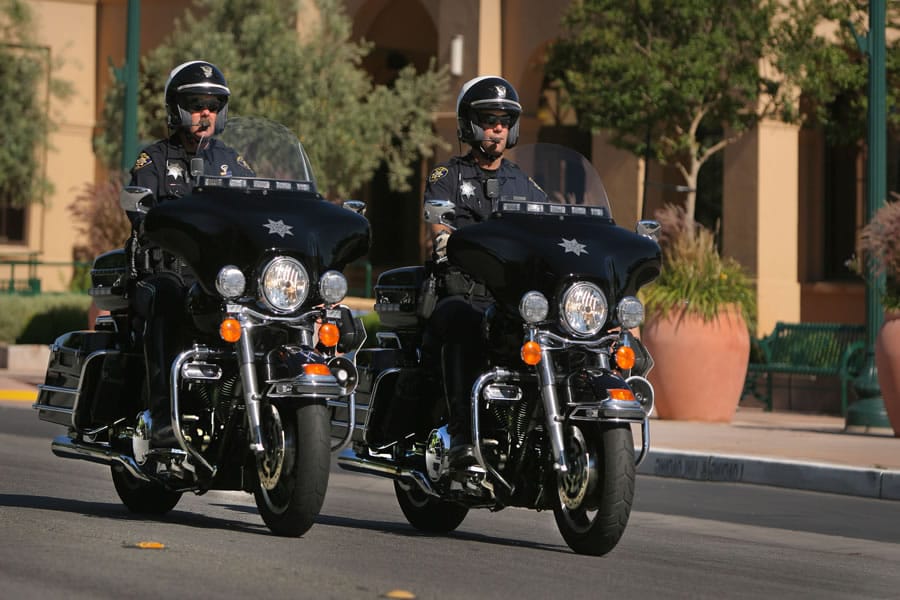
Crime prevention in the USA Essay
The United States has nearly 70 years of experience in the fight against crime. But only with the 60-s started development of a national strategy to combat organized crime.
Now it is possible to say that the country has accumulated considerable experience in countering this most dangerous type of crime. Fighting with organized crime is regulated primarily by criminal law rules: they include U.S. criminal law, which forms a set of rules in the Criminal Code and special laws. It is necessary to pay special attention to the proactive nature of these regulations. (Sherman et al., 2002)
In the USA much attention is paid to proactive measures aimed at preventing violence in society. Thus, the administration of U.S. President has adopted the federal program of moral improvement of American society. The main elements of this program are:
– Formation of non-violent attitudes and skills among the younger generation;
– Support of local communities in preventing violence;
– Suppression of plantations of racial, cultural, and ethnic strife;
– Limiting the spread of arms among citizens;
– The ideological and material incentives on improvement of “proper” behavior and style of life;
– Recommendations to reduce violence in the mass media, and advertising propaganda to promote reduction of violence in the society;
– Conducting research on identifying the conditions in which crime prevention is carried out most successfully. (Sherman et al., 2002)
It should be noted that programs to combat violence in the U.S. are developed within two main areas of crime prevention: the social reform and Clinical Criminology.
In addition to these models in the practice of crime prevention in recent years have become quite popular measures related to reform the police system and the use of science. Numerous commissions, police inspect the activities of U.S. agencies have concluded that these structures are isolated from the population and not in a position to control the development of the crime situation in the country. The new strategy is called social policing. In accordance with it, the main task of active police work is to prevent crimes rather than to respond to an incident. The main emphasis is put on a demonstration of police presence in residential areas, and in this case, many policemen refused to use cars to be closer to people, and for the same reason they started to use bicycles or foot patrol. (Stephens 2001)
Much attention has been paid now address the causes and circumstances of crimes, the suppression of acts of vandalism, preventive conflict resolution in the family, building trust between police and citizens.
A significant role in enhancing the effectiveness of crime prevention has the use of science, especially the use of laser and other optical techniques to monitor traffic, drugs, weapons, etc.; improvement of methodology for the social and psychological portrait of the offender on the typical characteristics of the crime and the situation at the place of its commission. In the United States were also established the National Information Center on crime, a Unified system of registration and registration of crimes, and the Automated Fingerprint Identification System. (NCPC)
In general, the study of models, forms and methods of crime prevention suggests a constant movement towards the realization of the principles in this systematic, adequate security, humanitarianism and the participation of all members of society.

